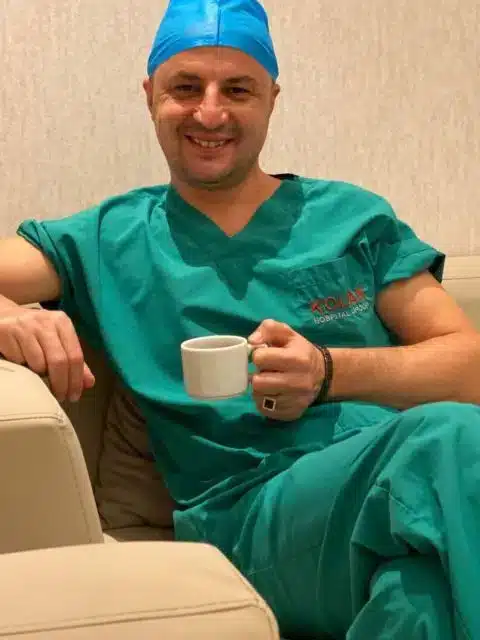The shoulder joint is the most mobile joint in our body. This wideness of range of motion also predisposes the joint to some injuries. In this article, some definitions and treatment methods about shoulder impingement syndrome, rotator cuff tears, shoulder dislocation and instability are explained.
Shoulder joint is a joint formed by the upper arm bone (humerus), shoulder blade (scapula) and collarbone (clavicle). The fact that these bones stay together and work in harmony depends on the ligaments surrounding the joint, the muscles called the rotator cuff, and the muscles in the upper back that cross the joint to be strong and stable. Thanks to this, the shoulder joint enables both our normal daily activities and sports activities to be performed.
Shoulder Impingement Syndrome
It is a condition that occurs as a result of the compression of the tendons in the shoulder joint for various reasons. The most common causes are the sudden swelling of the tendons due to overload or the compression of the tendons by the swelling of the vesicles called ‘bursa’ again due to strain. It can be caused by simple but repetitive strains such as window wiping, painting, or sportive activities such as throwing movements. It manifests itself with pain that occurs especially in overhead movements.

Rest, physiotherapy, corticosteroid injections, PRP and stem cell injections and drugs are used in the treatment. Surgical treatments with closed (arthroscopic) methods come to the fore in patients who do not benefit from these.
Rotator Cuff Ruptures
The rotator cuff is one of the most functional structures that hold the shoulder joint steady. It is responsible for the inward and outward movements of the shoulder. It consists of 4 muscles. Rotator cuff ruptures can occur with a sudden movement injury in young people and athletes, as well as develop over time with repetitive movements of the arm above the head level. It is one of the most common causes of shoulder pain over the age of 40. Pain occurs especially with overhead movements. It can manifest itself as night pain, and the person has difficulty lying on the aching side. There is limitation of movement. Weakness in the muscles is felt especially when trying to lift the arm from the side.

The final diagnosis is made by MRI examination. It is possible to detect the location and size of the tear with MRI.
Rest, physiotherapy, corticosteroid injections, PRP and stem cell injections and medications are used in the treatment. Surgical treatments with closed (arthroscopic) methods are being raised in patients who do not benefit from these. The purpose of surgical treatment is to repair the torn tendons and to eliminate the problems that cause compression, if any.
Shoulder Dislocation
The shoulder joint is an extremely mobile joint. Keeping the joint stable is mainly provided by the muscles, ligaments and joint capsule surrounding the joint. For reasons such as a sudden blow or forcing the shoulder outward during a fall, the humerus(upper arm bone), which is the main bone forming the joint, dislocates from its socket and protrudes. This is called a shoulder dislocation.
Shoulder dislocation is an emergency condition and requires medical attention as soon as possible. Most of the time it is impossible for a person to position their shoulder on their own. Even in some cases, shoulder placement can be performed under anesthesia. Afterwards, rest with an arm sling and medications to reduce pain are recommended. When the recovery is completed, physiotherapy is started and the surrounding muscles are tried to be strengthened.

If a fracture has occurred during dislocation (dislocation with a fracture), treatment changes. Repair of fractures may be required with surgical treatment after replacement. If the injury has disrupted the mechanisms that hold the shoulder joint in its place, that is, it tends to reoccur, the structures damaged are repaired with closed surgeries and recurrent dislocations are prevented.








